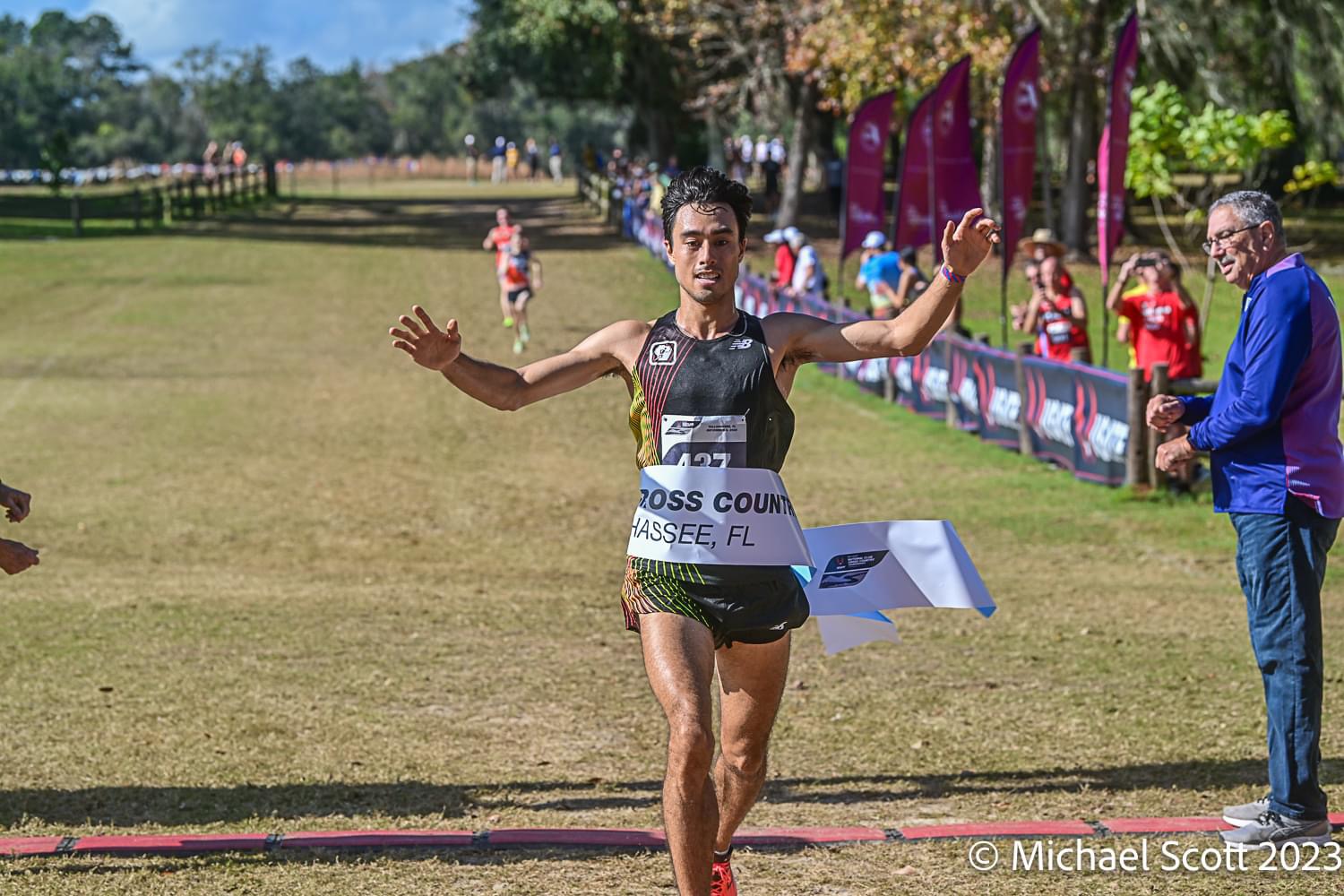
The Annapolis Ten Mile Run was three weeks away when the Annapolis Striders got a phone call that almost ended the annual race for good.
It was illegal in the state of Maryland to shut down the roads for a foot race, police said.
That was news to former state Sen. John Astle (D), a longtime member of the Striders who helped found the A10 in 1976 with six other runners. Over the next few decades, the race grew into one of Annapolis’ biggest running events.
“We were told if it wasn’t specifically permitted, then it was prohibited. The law was silent,” Astle said. “We were three weeks out — people had made travel arrangements to be there. They told us we could have the race this year — but then no more.”
So Astle, then vice president of the Maryland Senate’s Budget Committee, introduced a bill when the General Assembly reconvened the following January that allowed road closures for races. The bill passed the legislature, saving the A10.
That was in 1986. Since then, the A10 has continued to draw thousands of runners from all over the country to Maryland’s capital city every year on the last Sunday in August, while scores of other road races have grown and flourished.
Had the legislation not passed, “it would have really put a crimp on road races in Maryland,” said Astle, who ran the A10 every year until he injured his knee two years ago.
Maryland race directors say working with jurisdictions to get permission to close roads can be a time-consuming process. But it’s worth it to be able to put on races that are both fun and safe for runners.
“Without the law, it would be difficult to plan a route that allowed for a safe event,” said Lucy Neher, director of the Takoma Park Safe Routes to School 5K Challenge in May. The race closes Maple Avenue and parts of Sligo Creek Parkway in Takoma Park. “Part of the permit process requires a close examination of the route from a safety perspective and to work with local law enforcement agencies.”
Lou King, the Maryland state representative for the Road Runners Club of America, estimates that around half of all races in Maryland require at least some road closures.
“It depends on the jurisdiction, but you have to get a permit from the county or the city, and they may recommend that you shut down some roads, depending on the size of the race and safety concerns,” said King, who directs the annual Market Street Mile in Frederick. “But there are probably very few races where the roads are shut down completely.”
The approval process can take time. King’s wife Harriet Langlois, director of the Frederick Women’s Distance Festival 5K in August, will submit all of the required paperwork to the city of Frederick by January for the 2020 race. She recommends that organizers of new races start figuring out exactly what permits they’ll need, and where they’ll need them, a year in advance.
Closing roads can also be expensive if race directors have to hire personnel to manage the roads. In Frederick, for example, race organizers have to pay off-duty city police officers $45 per hour, for a minimum of four hours.
“It’s not cheap,” King said.
The cost can be prohibitive for smaller nonprofit groups, such as PTAs, who want to organize smaller races.
“I think we’re going to see more races taking place on rail trails and moving off the roads, to make it more affordable,” Langlois said.
In Annapolis, the Striders have to get permits from the state, city, Anne Arundel County and the Department of Defense, a process that takes at least six months, said Robert Cawood, co-director of the A10. They also reach out to the neighborhoods that the race travels through to minimize impacts on those communities.
“We have found that non-runners adjust to closures if they are given notice,” he said.
Karen Kincer, director of the Pike’s Peek 10K and Suds & Soles 5K in Montgomery County, says working with the community is a key part of her planning process. Before Pike’s Peek, for example, race officials visit with business owners along the race route — which includes busy Rockville Pike — to let them know about the event and answer any questions they may have.
“Surprising people is a bad idea,” said Kincer, who get permits from the State Highway Administration, the City of Rockville and the Montgomery County of Transportation for the event. “But working with the community to give them notice ahead of time — it is required by our permit, but it’s also just a good idea for the race.”
While the state law may require race directors to deal with some logistical hurdles, Kincer pointed out that it also helps the sport stay fresh.
Without it, “I think you would see a lot more races using the same course,” Kincer said.
There might be more races in local parks, which would not only put an additional strain on the parks, it would get boring for runners.
Running somewhere new and different keeps interest alive in the sport, she said.
“I think that’s helpful for the running boom, as it ebbs and flows.”
Recent Stories
Looking for our race calendar? Click here Submit races here or shop local for running gear
James W. Foley Freedom Run
Inspired by the moral courage of freelance journalist James Foley, the mission of the nonprofit Foley Foundation is to secure the freedom of Americans held captive abroad unjustly by terrorist organizations or rogue states, and to promote journalist safety.
The
Kensington 8K Race
Since 1994, the Kensington 8K Race has been a favorite DC area fall race – a fun, fast event with beauty, challenge, and excitement. Run it this year on Saturday, September 21, 2024!
The 8K distance is $39, with a






